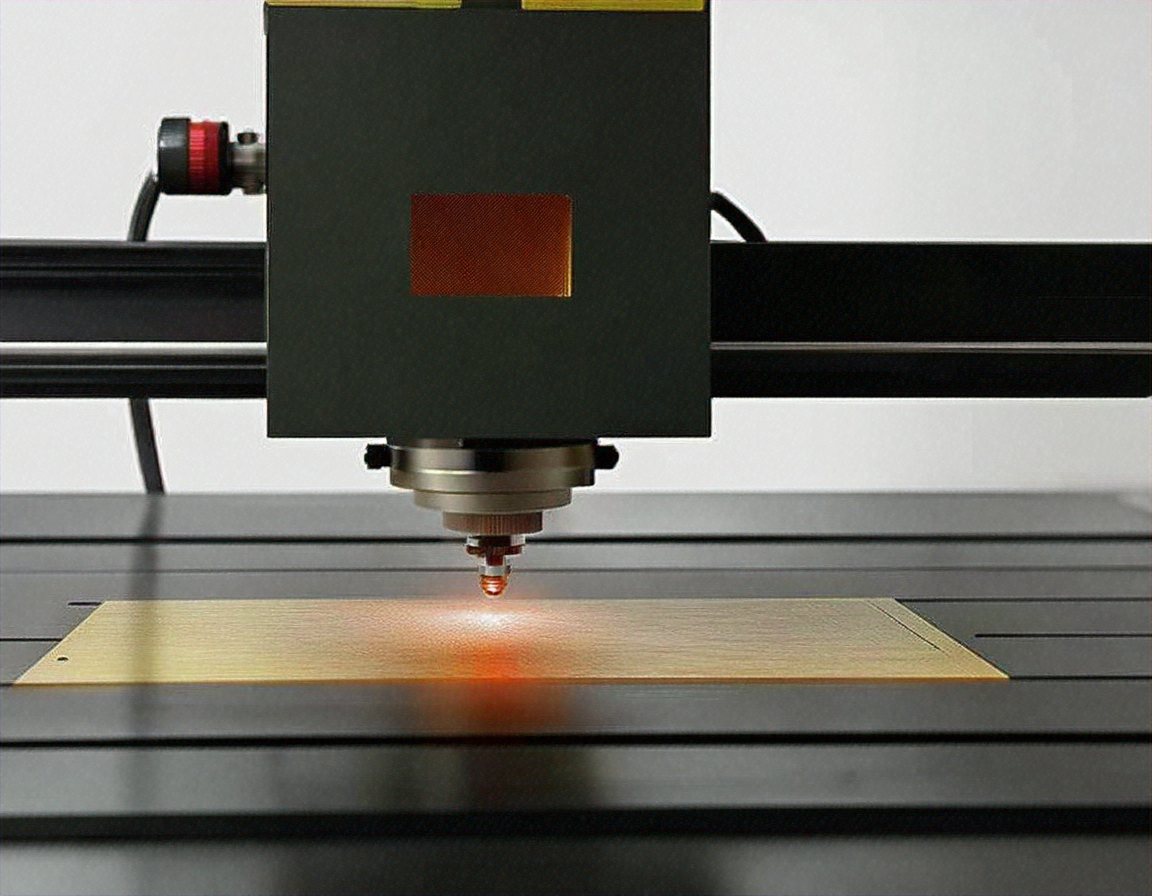Read more about pickup trucks
Pickup trucks are versatile vehicles known for combining passenger comfort with cargo-carrying capability. This overview explains how modern pickups are classified, their general uses, and why they’ve become a popular choice for both work and leisure. Read more about pickup trucks.

Pickup trucks represent a unique segment of the automotive industry, blending practicality with performance. Originally designed as workhorses for farmers and tradespeople, these vehicles have evolved into sophisticated machines that cater to diverse needs. Whether you’re transporting construction materials, towing a boat, or simply running errands around town, pickup trucks offer unmatched flexibility. Their open cargo beds, powerful engines, and robust construction make them indispensable tools for millions of drivers worldwide.
What role do pickup trucks play in modern transportation?
Pickup trucks serve multiple functions in contemporary society, extending far beyond their traditional agricultural roots. In commercial settings, they transport tools, equipment, and materials to job sites, making them essential for construction, landscaping, and delivery services. Many businesses rely on pickup trucks for their durability and payload capacity, which often exceeds that of vans or SUVs. For recreational users, these vehicles provide the towing power needed for trailers, campers, and boats, while their elevated ride height and four-wheel-drive capabilities make them ideal for off-road adventures. Urban dwellers increasingly choose pickup trucks for their commanding view of the road, spacious interiors, and the occasional need to haul furniture or appliances. This versatility has transformed pickup trucks from purely utilitarian vehicles into lifestyle choices that accommodate both work and leisure activities.
How are pickup trucks classified by size and design?
Pickup trucks fall into several distinct categories based on their dimensions, capabilities, and intended use. Compact or midsize pickup trucks offer a balance between maneuverability and utility, making them suitable for city driving while still providing adequate cargo space and towing capacity. These models typically feature smaller engines and lighter frames, resulting in better fuel economy compared to their larger counterparts. Full-size pickup trucks represent the most popular segment, offering substantial payload ratings, powerful engine options, and spacious cabins that can accommodate up to six passengers. These vehicles excel in heavy-duty applications and long-distance towing. Heavy-duty pickup trucks sit at the top of the hierarchy, engineered for extreme workloads with reinforced frames, larger brakes, and diesel engine options that deliver exceptional torque. Design variations also include different cab configurations such as regular cabs with two doors, extended cabs with smaller rear doors, and crew cabs with four full-size doors and generous rear seating.
What core features define pickup truck performance?
Several key characteristics determine how well a pickup truck performs its intended functions. Cargo capacity, measured by payload rating, indicates how much weight the truck bed can safely carry, ranging from around 1,000 pounds in compact models to over 7,000 pounds in heavy-duty variants. The truck bed itself varies in length from five feet to eight feet, with some manufacturers offering multiple bed options for the same model. Engine choices significantly impact performance, with options typically including gasoline V6 and V8 engines, turbocharged four-cylinder units for efficiency, and diesel engines for maximum torque and towing capability. Towing capacity represents another critical specification, with modern pickup trucks capable of pulling anywhere from 5,000 to more than 35,000 pounds depending on configuration and equipment. Cabin comfort has improved dramatically in recent years, with many pickup trucks now featuring leather upholstery, advanced infotainment systems, climate control, and noise insulation that rivals luxury sedans. Safety technologies such as adaptive cruise control, lane-keeping assist, and automatic emergency braking have also become increasingly common across all price ranges.
What transmission and drivetrain options are available?
Pickup trucks offer various drivetrain configurations to suit different driving conditions and preferences. Two-wheel drive models, which power only the rear wheels, provide adequate performance for highway driving and light-duty tasks while delivering better fuel economy. Four-wheel drive systems engage all four wheels for improved traction on slippery surfaces, steep inclines, and off-road terrain. Some manufacturers offer part-time four-wheel drive that drivers can activate manually, while others provide full-time or automatic systems that adjust power distribution based on road conditions. Transmission options have evolved from traditional manual gearboxes to sophisticated automatic transmissions with eight, nine, or even ten speeds that optimize power delivery and efficiency. These modern transmissions often include towing modes that adjust shift patterns to maintain engine performance when hauling heavy loads.
How do pickup trucks balance utility and daily comfort?
Modern pickup trucks have successfully bridged the gap between rugged capability and everyday usability. Interior designs now prioritize ergonomics and convenience, with features like adjustable pedals, telescoping steering columns, and multiple storage compartments throughout the cabin. Rear seats in crew cab models often fold up or flip to create additional storage space, while some trucks offer under-seat storage bins for securing valuables. Ride quality has improved through independent front suspension systems and refined shock absorbers that smooth out rough roads without compromising load-carrying ability. Technology integration includes smartphone connectivity, wireless charging, premium audio systems, and digital instrument clusters that display vital information clearly. Many manufacturers also offer bed management systems with built-in tie-downs, bed dividers, and power outlets that make securing and accessing cargo more convenient. These enhancements have made pickup trucks viable as primary family vehicles rather than secondary work trucks.
What should buyers consider when evaluating pickup trucks?
Selecting the right pickup truck requires careful assessment of your specific needs and priorities. Consider how frequently you’ll use the truck for work versus personal transportation, as this influences whether you need maximum capability or can prioritize comfort and efficiency. Evaluate your typical payload and towing requirements to ensure you choose a model with adequate ratings without overpaying for excessive capacity you won’t use. Fuel economy varies significantly across the segment, with smaller engines and two-wheel drive configurations offering better mileage at the expense of some capability. Think about parking and storage constraints, as full-size trucks require substantial space and can be challenging to maneuver in tight urban environments. Extended test drives on various road types help assess ride quality, noise levels, and visibility. Research reliability ratings and ownership costs, including insurance, maintenance, and potential resale value, to understand the total cost of ownership beyond the purchase price.
Pickup trucks continue to evolve, incorporating advanced technologies and refined designs while maintaining the core capabilities that made them popular. Their adaptability ensures they remain relevant across diverse applications, from construction sites to family road trips, cementing their position as one of the most versatile vehicle types available today.




